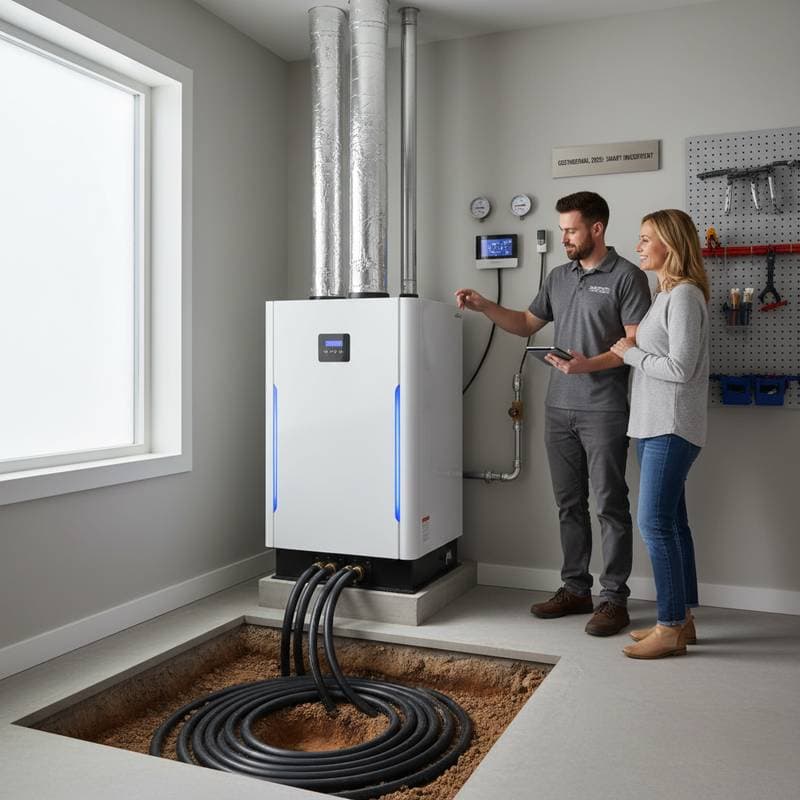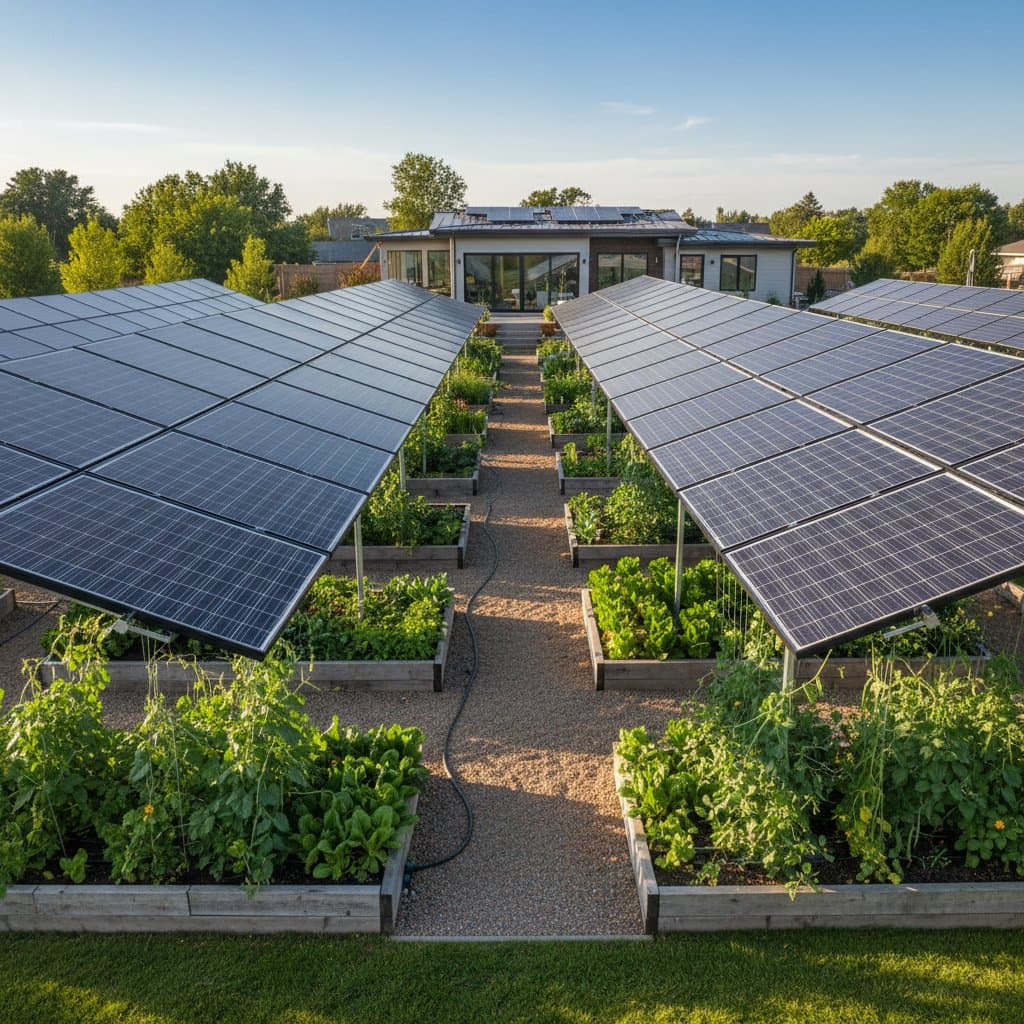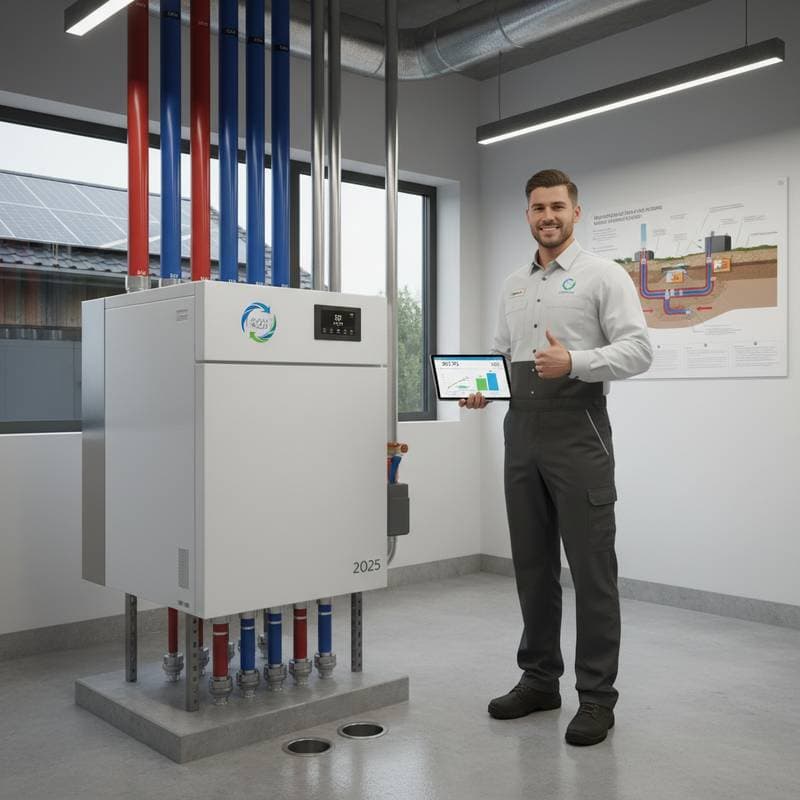From extensive experience in sustainable building, geothermal HVAC systems consistently demonstrate efficiency ratings reaching 400 percent. For each unit of electricity consumed, these systems produce up to four units of heating or cooling energy. In contrast, traditional furnaces achieve only about 90 percent efficiency, highlighting the substantial potential for cost reductions.
Steps to Maximize Geothermal Efficiency
Achieving savings of up to 65 percent requires meticulous planning. Professional guidance ensures optimal performance. Follow these key steps:
- Perform a Comprehensive Energy Audit: Evaluate insulation levels, ductwork integrity, and thermostat functionality prior to installation. Addressing inefficiencies in these areas enhances the overall effectiveness of the geothermal system.
- Evaluate Soil Conditions and Available Space: Soil composition and yard size influence the choice between horizontal and vertical ground loops. Clay-based soils retain heat effectively, whereas rocky areas often necessitate deeper vertical installations.
- Determine Precise System Sizing: An oversized system leads to inefficiency, while an undersized one fails to meet demands. Engage a certified HVAC specialist to perform load calculations tailored to your home's needs.
- Incorporate Intelligent Control Features: Use programmable thermostats and zoning capabilities to customize temperature settings and minimize energy consumption in unused areas.
- Establish a Maintenance Routine: Conduct annual professional inspections to maintain pumps, loops, and filters. This practice prevents malfunctions and prolongs system durability.
Implementing these measures not only secures reliable savings but also extends the indoor unit's lifespan beyond 20 years and the ground loop's beyond 50 years.
Investment Breakdown and Financial Incentives
Geothermal installations for typical homes range from $18,000 to $35,000, varying by soil characteristics, loop type, and capacity. Although the initial investment appears significant, the payback period spans 5 to 8 years via lower utility expenses and incentives. Beyond recovery, ongoing savings represent net gains.
Numerous utilities and local authorities provide rebates covering up to 30 percent of costs. Additional benefits include property tax reductions and favorable financing options for eco-friendly improvements. Consult regional programs early to align incentives with your timeline, combining them with payment plans to offset upfront expenses while benefiting from immediate reductions in energy use.
Operational expenses prove far lower than those of gas or oil systems. Free from combustion processes, geothermal setups eliminate carbon monoxide hazards and cut greenhouse gas emissions by as much as 70 percent. Homeowners thus achieve financial relief alongside contributions to improved air quality and climate stability.
Case Study: Seasonal Comfort in a Coastal Home
A client in a humid coastal area upgraded from an outdated heat pump to a vertical-loop geothermal system. Prior to installation, monthly summer bills reached $400. Post-upgrade, they fell below $150, with the home sustaining even temperatures during peak heat or cold snaps. The family reported reduced noise levels and better indoor air quality due to consistent humidity control.
Such outcomes prevail among geothermal adopters. The technology delivers reduced expenses, enhanced livability, and greater home resilience.
Reliability, Upkeep, and Ecological Advantages
Geothermal systems demand less upkeep than standard HVAC options. Without exposed outdoor compressors, components endure less environmental stress. The sealed loop configuration contains all fluids, avoiding ground contamination risks. Select licensed professionals for setup and servicing to ensure accurate pressure checks and safe fluid management.
The environmental impacts surpass mere efficiency gains. These systems diminish reliance on fossil fuels, curb pollution, and advance community sustainability initiatives. Harnessing the earth's constant subsurface temperature provides access to an inexhaustible renewable energy source.
Next Steps for Geothermal Adoption
To proceed with geothermal integration, consult certified sustainable building experts. They assess site suitability, project potential savings, and navigate permitting processes. Gain insights into loop designs, return timelines, and upkeep strategies to inform your decision.
With expert support, transition to a geothermal system yields enduring comfort, economic benefits, and environmental stewardship.
Frequently Asked Questions
How long does installation of a geothermal HVAC system typically require?
Residential projects generally span one to two weeks, influenced by soil properties, loop configuration, and site accessibility. Vertical loops suit compact properties for quicker completion, whereas horizontal designs involve extended digging.
Do geothermal systems support domestic hot water production?
Yes, many units feature desuperheaters that capture excess heat to warm household water, potentially halving water heating expenses.









